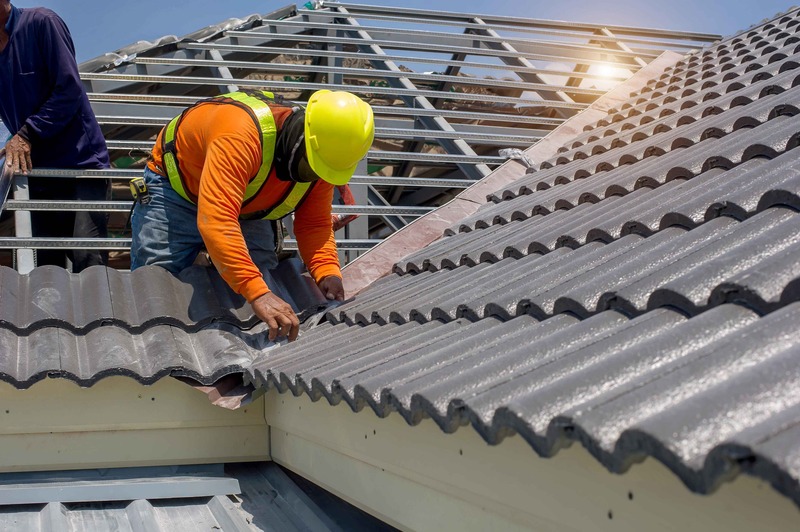Understanding Roof Replacement in the UK: What Owners Need to Know
Understanding Roof Replacement in the UK: What Owners Need to Know
Blog Article
In the UK, the roof of a house is subjected to various weather conditions year-round. The constant exposure to weather conditions, from heavy rain and snowfall in winter to high winds and fluctuating temperature can wear down roofing materials. Over time, these environmental factors can lead to roof damage, and in some cases, replacement is the best solution. Roof replacement is a significant undertaking, but it is essential for maintaining the structural integrity of a home and preventing costly repairs in the future. Knowing when to replace your roof, whether it's leaking or old, is essential to protecting your home.
Understanding when you need a new roof is the first step. Water stains, mould, broken tiles or sliding tiles are all common signs. Granules of shingles can also accumulate in gutters. For UK homeowners, roofs that are over 20 to 30 years old are typically nearing the end of their lifespan, especially if routine maintenance has been neglected. A professional roofer will be best equipped to evaluate the roof's condition, but homeowners can do a visual check from the ground in order to spot any obvious problems. A roof survey by a local, trusted contractor will provide you with clarity as well as a cost estimate. In many cases, acting early can prevent the need for more extensive work like timber repairs or full structural reinforcements. Roof replacements can save money as well as stress.
The right material for your roof replacement is important in the UK, because different materials offer varying levels of durability, cost, and insulation. Traditional slate is a popular choice for its classic appearance and long lifespan, but it can be expensive and heavy. Concrete tiles and clay tile are both common, and they can provide a balance of cost and performance. Composite or synthetic materials have become increasingly popular for those looking for a modern alternative. They are lighter and easier to install. And they come with long-term warranties. Your choice will also depend on the style of your home and local planning regulations, particularly if you live in a conservation area or a listed property. A roofing specialist can ensure your roof meets local standards and is functional.
Costs for a Typical roof replacement prices in the UK vary depending on a number of factors, including the type of roof chosen, materials used, and complexity. On average, homeowners can expect to pay between 5,000 and 12,000 for a standard three-bedroom house, although costs can be higher for larger or more complex properties. The cost of labour is a major part of the project, which makes it important to hire a reliable contractor with experience. Always ask for written quotes, check reviews, and make sure the company is insured and certified by a recognised trade body. Some local councils and government schemes offer incentives or financial support for roof replacements to improve energy efficiency. A new roof will add value and peace of mind to your house for many years. To generate new information please get More hints
When planning to replace a roof in the UK, timing is incredibly important. Spring or early fall is the best time to undertake such a task, as weather conditions will be more predictable. Cold winters and wet summers can cause project delays or complications, especially if the roof is left exposed for too long. Homeowners should also consider how long the work will take; typically, a full roof replacement takes between one and two weeks, depending on the size and complexity of the property. Scaffolding may be installed and there will likely be more noise than normal during this period. By planning ahead and informing your neighbours, you can smooth out the process. An organised roofing team can complete the project efficiently while maintaining safety and cleanliness.
The UK roof replacement is an important but often overlooked investment. It can significantly improve the safety and efficiency of your house, as well as its value. Homeowners can make sure that their project is successful by recognizing the early signs of roof damage, selecting the best materials and working with reputable contractors. The cost of a new roof may be high, but the benefits in the long run, such as improved insulation and reduced maintenance costs, make it worth the investment. Long-term, investing in research and planning will be worth it. Maintaining a reliable and secure roof, whether you live in an urban townhouse or rural cottage is important for a comfortable lifestyle. With the right approach, a roof replacement can be a seamless process that adds both beauty and functionality to your home.